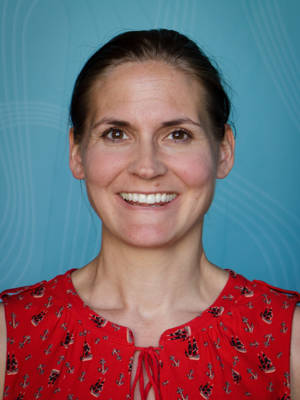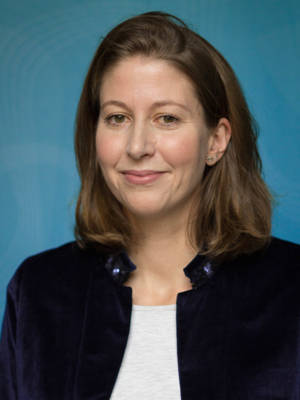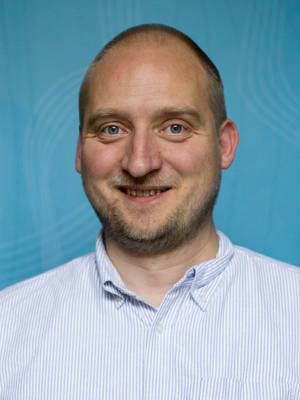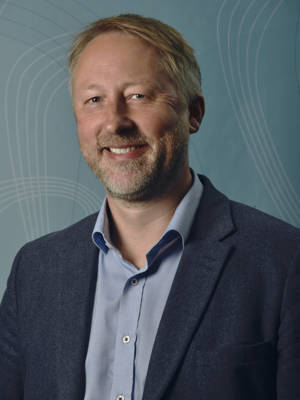Children and education systems are often on the front line of violent conflict. On the occasion of UNESCO’s 2011 Education for All (EfA) Global Monitoring Report “The hidden crisis: Armed conflict and education”, PRIO has contributed with two background papers. One provides a review of the literature on the relationship between education and conflict. The other presents the background for EfA’s conflict, post-conflict and no-conflict categories. For a summary of both papers, see below.
The Report:
UNESCO's 2011 Global Monitoring Report examines the damaging consequences of conflict for the Education for All goals. It sets out an agenda for protecting the right to education during conflict, strengthening provision for children, youth and adults affected by conflict, and rebuilding education systems in countries emerging from conflict. The Report also explores the role of inappropriate education policies in creating conditions for violent conflict. Drawing on experience from a range of countries, it identifies problems and sets out solutions that can help make education a force for peace, social cohesion and human dignity. The report will be released on 1 March 2011. Read more about the report here.
Education and Civil Conflict: A Review of the Quantitative, Empirical Literature
Gudrun Østby and Henrik Urdal
Over the last decade the relationship between education and conflict has attracted increasing interest from both educational and conflict research. However, to date, most of this research has been qualitative, which reflects the fact that the research agenda has been driven primarily by the concerns of practitioners and researchers ‘in the field’. This paper provides the first systematic review of the quantitative literature on education and political violence. We present the main theoretical propositions that feature in the existing education-conflict studies, and examine more closely the empirical tests of these propositions. The review addresses how education may affect various forms of political violence, based on different theoretical arguments relating to the level, expansion, inequality, and content of education. Based on existing quantitative evidence from thirty statistical studies, we find that there seems to be an emerging consensus that education has a general pacifying effect on conflict. However, this poses an interesting puzzle when contrasted with some recent studies claiming that perpetrators of terrorist acts are more highly educated than the average person in that country. Overall, the works reviewed here suggest that the relationship between education and conflict can be complex and multidimensional, depending on different mediating factors, and the level of analysis.
Defining Conflict-Affected CountriesHåvard Strand and Marianne Dahl
Analyzing the effect of conflict on any aspect of society requires that we are able to group countries into one of three groups: countries in conflict, post-conflict countries and peaceful countries. In this paper we explain how the Education for All (EfA)’s conflict categories are defined, and how these definitions are operationalized using various data from the Uppsala Conflict Data Program (UCDP) and the Peace Research Institute Oslo (PRIO). We argue that the problem of differentiating between conflict-affected and peaceful countries cannot be seen as one between war and peace, but as one between severely disruptive conflict and the lack of any such. The effects of conflicts can come about both through explosive and protracted series of events. We find that a criterion of 1,000 battle-related deaths over a 10 year period is a reasonable definition of a severely disruptive conflict. This criterion identifies the protracted conflicts that have a significant long-term effect on society from those that do not. However, a recent, short and intense conflict may also cause significant damage, so we add a second criterion: A conflict is active if it has produced more than 200 battle-related deaths in any single year within the last three years. While these decisions can be criticized as misleading based on individual cases, we argue that this definition is better than any other alternative, and that it captures the overall difference between active conflicts, post-conflict societies and peaceful societies.









